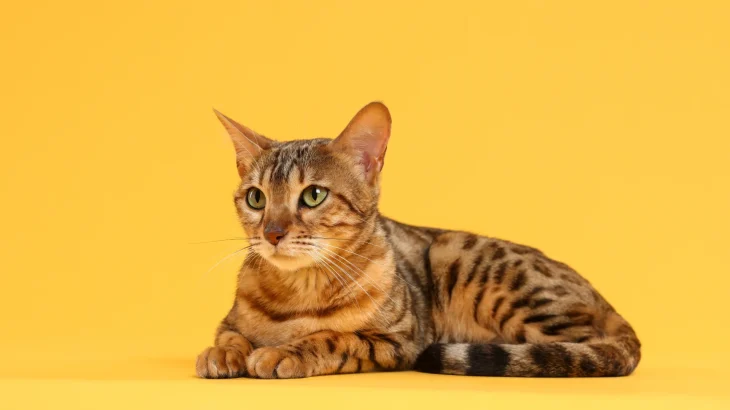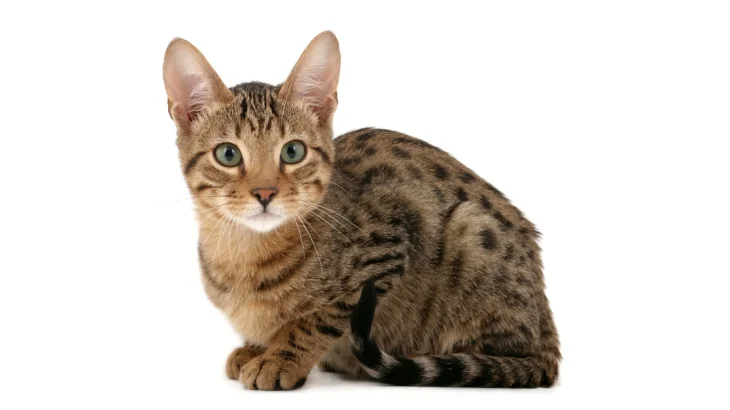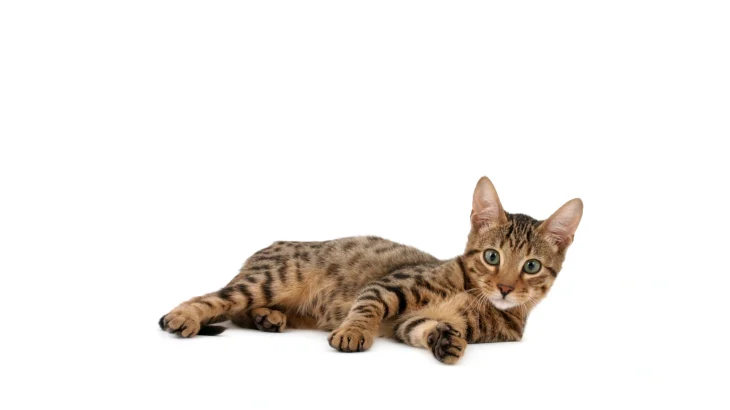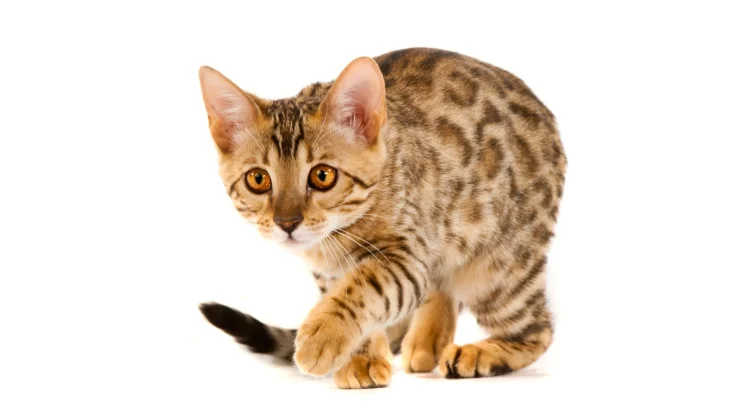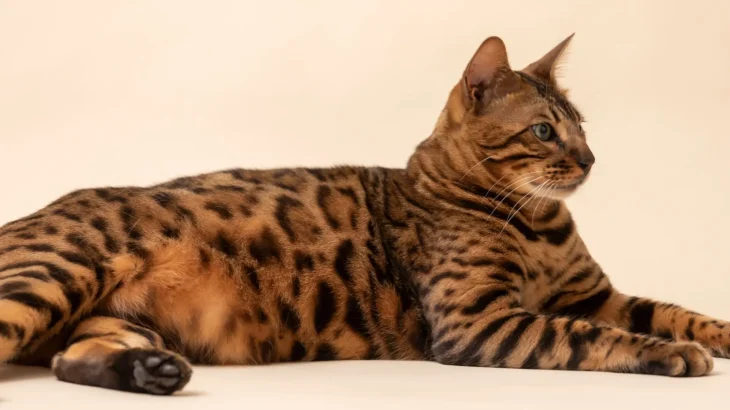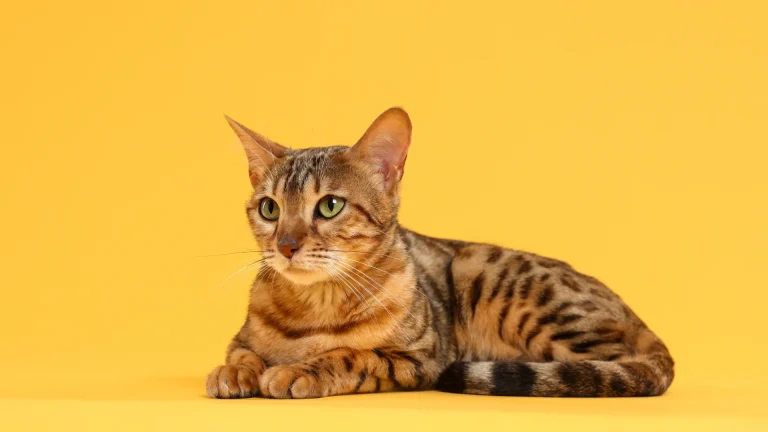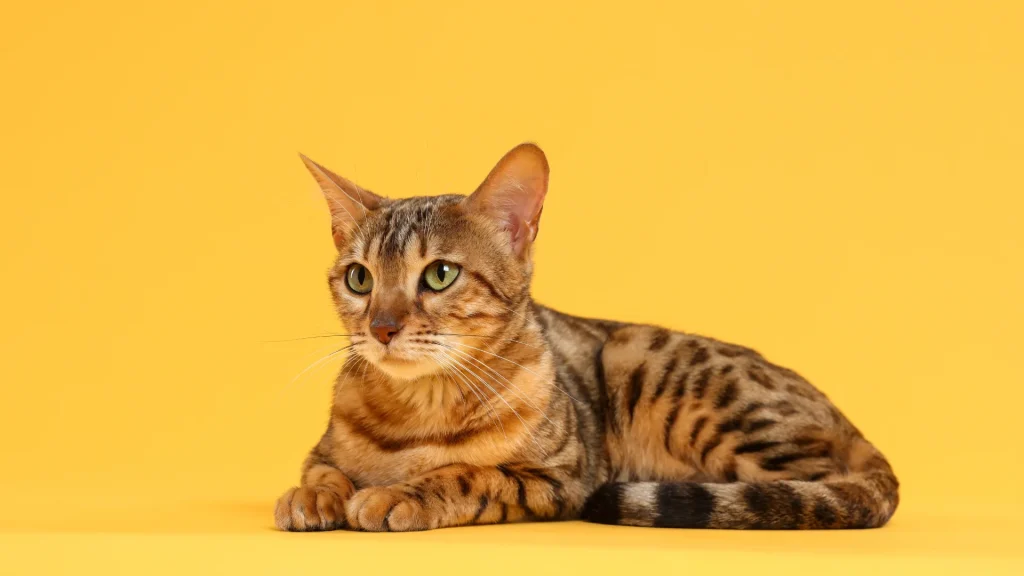Deciding whether to adopt or purchase a Serengeti kitten depends on what matters most to you—like transparency, cost, and ethics. Buying from a breeder usually gives you more control over lineage and health history, while adopting offers a loving home to a cat in need, often with lower costs.
Here's a quick look at the pros and cons:
| Criteria | Buying from Breeder | Adopting from Shelter/Rescue |
|---|---|---|
| Cost | Higher price due to purebred status, often several hundred to a few thousand dollars. | Lower adoption fees, usually affordable and often cover initial vet care. |
| Health History | Breeders usually provide detailed health info and genetic screenings. | Health history may be limited; shelters provide basic assessments. |
| Age Availability | Mostly kittens, allowing a fresh start with a young cat. | Various ages available, including adults and seniors. |
| Temperament Insight | Breeders can share info on parents and siblings' temperaments. | Shelter staff can share observations, but history might be unclear. |
| Supporting Practices | Supports controlled breeding; important to choose ethical breeders. | Supports animal welfare by giving homes to cats in need. |
| Breed Purity & Pedigree | Offers documented pedigree and breed standards assurance. | Breed purity and pedigree typically cannot be guaranteed. |

